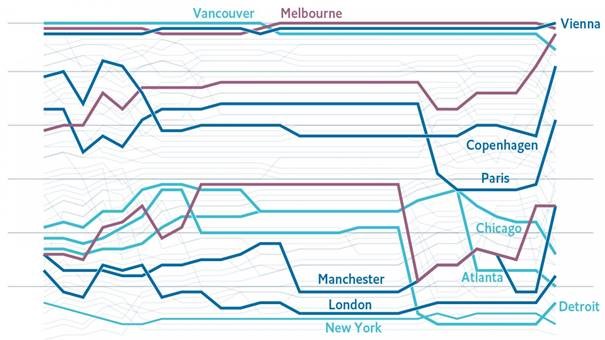Changes have been made to the occupation list on Monday 11 March 2019, Especially the sports- and arts sector will be stimulated by these changes.
In total, 36 occupations have been added to the Medium and Long-term Strategic Skills List (MLTSSL). Eight of these occupations belong to the sports- and arts sector.
The following occupations are added to the Medium and Long-Term Strategic Skills List:
- Artistic Director
- Arts administrator or manager
Enviromental manager- Dancer or choreographer
- Music director
- Musician (instrumental)
- Artistic director
- Statistician
- Economist
- Mining engineer
- Petroleum engineer
- Engineering professionals (
nec ) - Chemist
- Food
technologist - Environmental consultant
- Environmental research scientist
- Environmental scientist (
nec ) - Geophysicist
- Hydrogeologist
- Life scientist (general)
- Biochemist
- Biotechnologist
- Botanist
- Marine biologist
- Microbiologist
- Zoologist
- Life scientist (
nec ) - Conservator
- Metallurgist
- Meteorologist
- Natural and physical science professionals (
nec ) - University lecturer
- Software and applications programmers (
nec ) - Horse trainer
- Tennis coach
- Footballer
Are you educated or working in one of the occupations mentioned above? Then your chances to apply for a visa for Australia might significantly increase.
Do you wish to receive a free and non-binding assessment of your eligibility? Please fill out the online visa check.
Source: https://immi.homeaffairs.gov.au/what-we-do/skilled-migration-program/recent-changes
